Brussels Sprouts may not be your typical vegetable, but they are worth trying. These little cabbages have a lot of potentials; growing them is a great way to show off your gardening skills. Brussels Sprouts look like cabbage that is grown in colder climates.
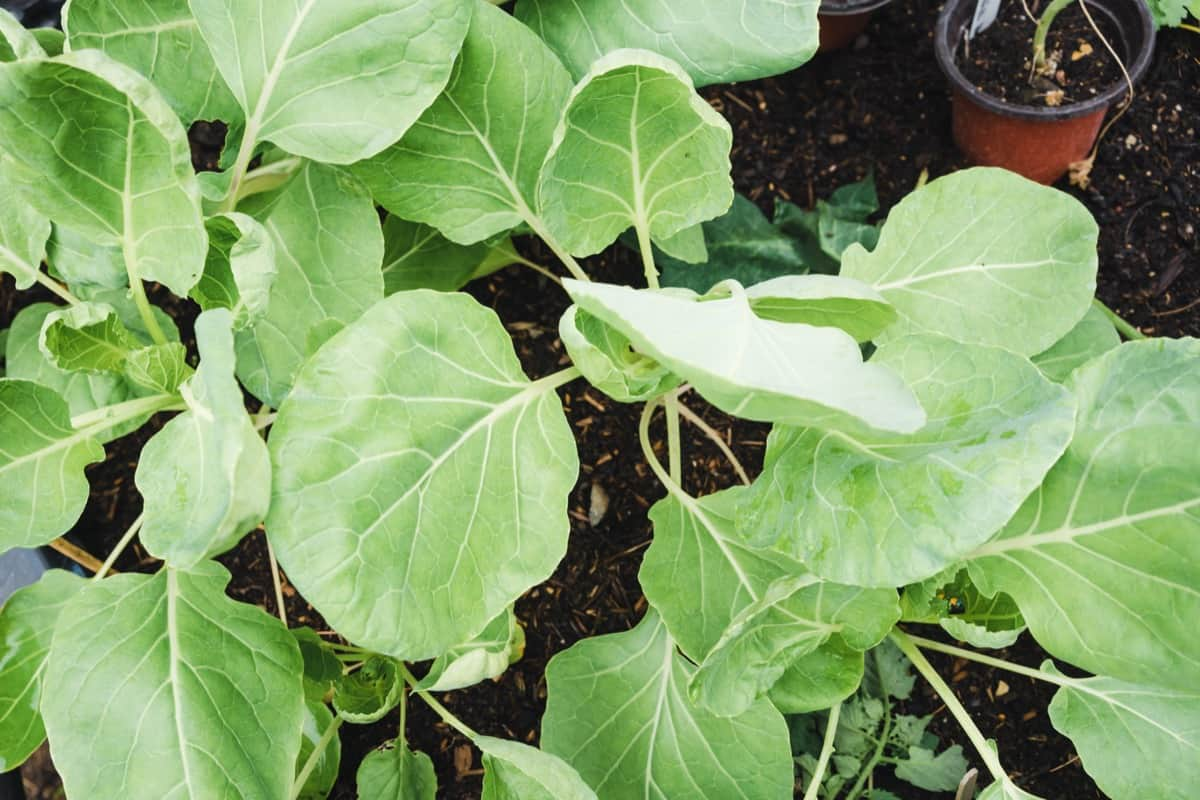
They grow in bunches and have small, green leaves. Brussels Sprouts can be a fun and easy vegetable to grow in your container garden, but they require some care. Follow these tips to ensure a successful harvest.
How to grow and care for Brussels Sprouts in containers
Climate suitable for growing Brussels Sprouts in containers
Brussels Sprouts can be grown inside during the winter months in colder climates, then transferred outside once the weather warms up. For warmer climates, Brussels Sprouts can be planted outdoors directly into the ground after being grown indoors for a month or two to harden them off. Brussels Sprouts are a cool-weather vegetable that does well in climates with plenty of sunlight. The plants grow best when the soil is kept evenly moist, and fertilization is unnecessary.
You can overwinter Brussels Sprouts in cold climates by growing them in containers. Brussels Sprouts grow best when temperatures stay between 15 to 26°C. They’re most active in spring and fall but will tolerate cooler temperatures if grown in a protected area such as an unheated greenhouse. If growing your Brussels Sprouts indoors, be sure to provide adequate light during the day and keep the plants warm at night by leaving them in a warm room or using a light heater under the pot.
In case you missed it: How to Grow Brussels Sprouts from Seed to Harvest: Check How this Guide Helps Beginners
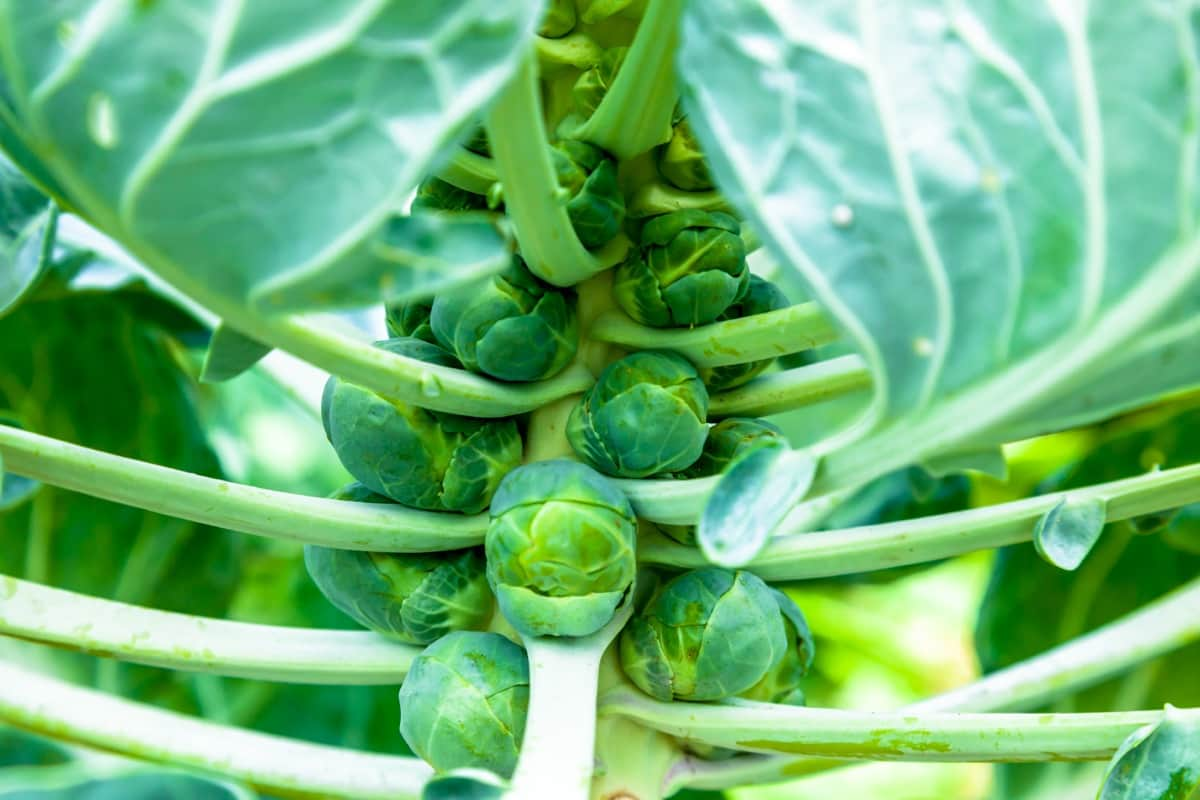
Soil requirement for growing Brussels Sprouts in containers
The soil is a rich, organic mixture high in nitrogen and phosphorus for growing Brussels Sprouts in containers. The container should also have drainage holes filled two-thirds of the way with potting soil. Brussels Sprouts need full sun and warm temperatures to grow well, so place them in a sunny location when starting.
To grow Brussels Sprouts in containers, you will need a soil mix enriched with organic matter. The specific ingredients will vary depending on the climate of your container garden, but a general mix will include compost, perlite, and sand. If desired, you can add kelp meal or other marine fertilizers to the mix.
Water requirement for growing Brussels Sprouts in containers
Water is essential for Brussels Sprouts to grow and thrive. The average Brussels Sprout needs 1-1.5 gallons of water per week. Make sure your pot has good drainage, and give the plants plenty of room to grow. Brussels Sprouts are cruciferous vegetables that can be grown in containers. Brussels Sprouts will thrive in soils that are well-drained and have a mixture of organic matter.
They prefer cool weather but can tolerate moderate warmth. Brussels Sprouts should be watered moderately in the early stages of growth, then increased as necessary throughout the growing season. Fertilize with a balanced organic fertilizer during the early stages of growth and again when blooming or fruiting.
Choosing the right container for growing Brussels Sprouts
You should remember when choosing a container for Brussels Sprouts. First, they need plenty of space, so a large pot or container will work best. Choose a sturdy container that can withstand heavy plant growth and potential water leaks. Avoid containers that are too small or large, as they may not provide enough space for Brussels Sprouts to grow properly.
Consider planting Brussels Sprouts in containers with raised sides or bottom rows, which will help them stay above wet soil and debris. Ensure the plant pot has drainage holes drilled in the bottom so excess water can be drained away easily. Second, be sure to provide plenty of soil space for Brussels Sprouts. Brussels Sprouts do best when grown in climates with warm temperatures and ample sunlight.
In case you missed it: 19 Common Brussels Sprouts Plant Problems: How to Fix Them, Solutions, and Treatment
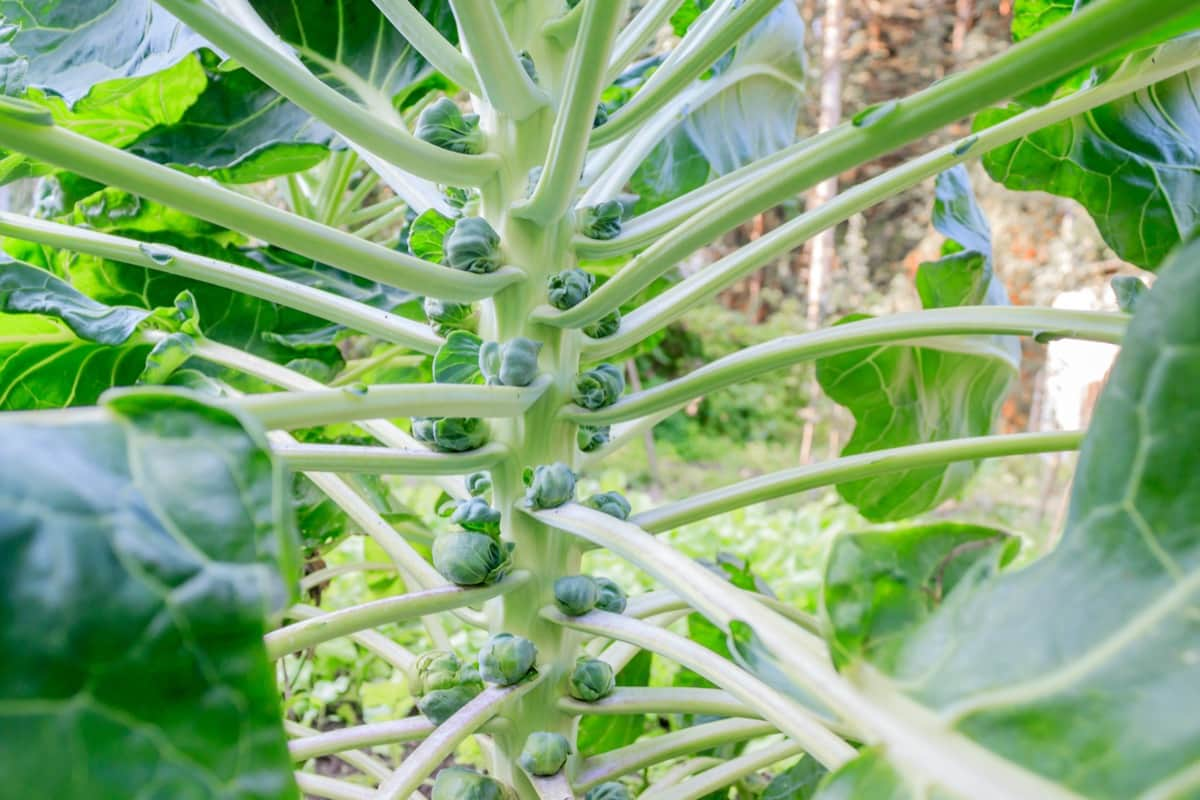
Propagating Brussels Sprouts
From seed
Propagating Brussels Sprouts from seed is a simple process that can produce a robust harvest of fresh, delicious sprouts over the winter. To propagate Brussels Sprouts from seed, select a hardy variety well-adapted to your climate and soil conditions. Brussels Sprout seeds should be cold-hardened for best results by germination before sowing. To harden the seed, place it in a sealed container with damp sand or clay for four to six weeks.
Once the seed has hardened, remove the outer shell and discard it. Next, sow the seeds on prepared soil in late summer or early fall. A mixture containing equal parts compost and soil works well for sowing Brussels Sprout seeds. Cover them lightly with soil and water them thoroughly before planting. Germination will take about two weeks but be patient, and young plants will not yield much fruit until they grow more roots and are tougher against frost damage.
Transplanting Brussels Sprouts seedlings
Make a small hole in each container with a pencil or chopstick. Gently insert the root ball into the container, keeping the sprout stem attached to the root ball as you go. Push down on the root ball, so it is firmly seated in the hole you made. Water well and maintain the soil moisture until new growth begins. Once new growth begins, transfer your sprouts to a larger container and water well again. Fertilize monthly with a diluted organic fertilizer or water-soluble plant food mix.
Brussels Sprouts plant care
The best fertilizer for growing Brussels Sprouts in containers
Many different fertilizers can be used to grow Brussels Sprouts, but the best fertilizer for this crop is a balanced fertilizer. A good way to test whether a fertilizer is balanced is to look at the label and see how much each element contains. Balanced fertilizers also contain trace elements, which are important for plants because they help them absorb nutrients from the soil.
They need high phosphorus levels and potassium to thrive. Brussels Sprouts can be grown in various containers, from small pots to large planters, and in any climate. To give your Brussels Sprouts the best start, fertilize them regularly with a high-nitrogen fertilizer. This will help promote healthy root growth and increased yields.
Pruning Brussels Sprouts plants
Brussels Sprouts require frequent pruning to maintain their desired shape and size. First, you should find any dead or damaged branches in early spring before new growth begins. Continue pruning as needed throughout the growing season to achieve the desired results. You should follow a few steps when pruning Brussels Sprouts. Remove any brown or diseased pieces of sprout. Prune Brussels Sprouts to keep them compact and attractive. Start by cutting off the stem and any rough, woody ends.
In case you missed it: Best Fertilizer for Brussels Sprouts: Organic, Homemade, Compost, NPK, Liquid, Natural, When and How to Apply

Brussels Sprouts plant care in winter
Winter is a great time to enjoy Brussels Sprouts. They are hearty and winter-safe, even in cold climates. Brussels Sprouts need plenty of water to thrive, so make sure they have access to a steady stream throughout the winter. Over-fertilization can promote foliage growth at the expense of fruit development and healthy sprout tips. Just use a light dusting of fertilizer once a month during the winter. If you live in an area that experiences severe cold temperatures, protect your Brussels Sprouts by covering them with insulation or wrapping them in plastic wrap.
Pests and diseases of Brussels Sprouts and their control
- The Brussels Sprout is a hardy annual plant that can grow in many types of soil but prefers well-drained soil. It is typically grown in cooler climates but can be grown in warm climates if the temperatures don’t get too high. The Brussels sprout is susceptible to various pests and diseases and needs to be treated accordingly.
- The most common pests of Brussels Sprouts are the cabbage worm, the aphid, and the onion maggot. The cabbage worm is a small black or brown worm that feeds on the Brussels sprout leaves. The aphid is a small white or yellowish insect that feeds on plants throughout the garden, including Brussels Sprouts. The onion maggot is a fly that feeds on onions and other vegetables and can damage young and mature plants.
In case you missed it: Growing Brussels Sprouts Hydroponically – Full Guide
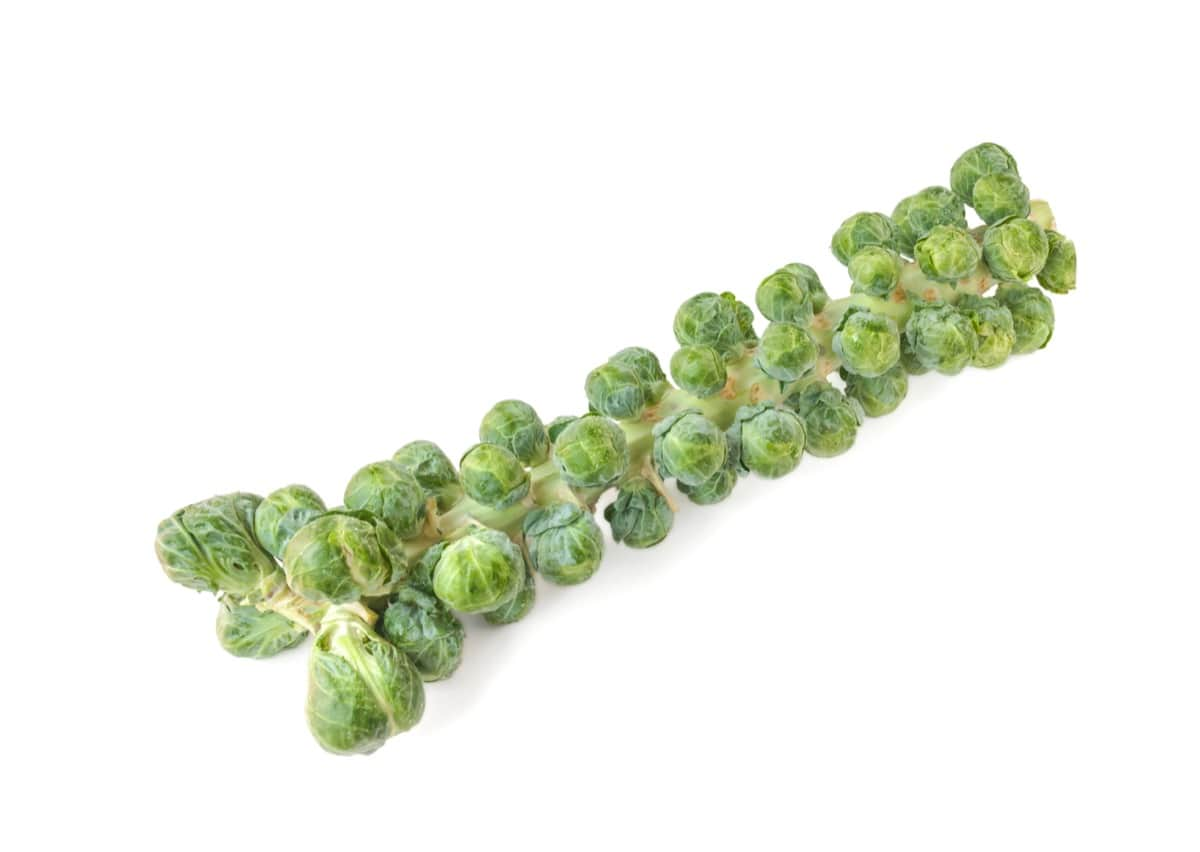
- To control these pests, it is important to identify them early and treat them with an appropriate insecticide or fungicide. Additionally, it is essential to keep your garden clean so that they cannot lay their eggs or build up their populations.
- Brussels Sprouts can also become infected with various diseases, including gray leaf spot, downy mildew, and bacterial blight. Downy mildew is most severe when temperatures exceed 20°C, while bacterial blight causes brown rot. Both diseases need cool weather to develop; once conditions are right for them, they will quickly spread through the plant. Treatment with fungicides or other chemicals may be necessary to control these infections.
Harvesting Brussels Sprouts
Before harvesting Brussels Sprouts, get rid of any brown or dead leaves. Once the Brussels Sprouts are clean and have no brown leaves, it is time to harvest them. Remove the stem at the base of each Brussels sprout, then twist them free from the root bed.
If you are harvesting Brussels Sprouts for storage, it is essential to wash them well before storing them in a container. When harvesting Brussels Sprouts, removing brown or wilted leaves is important so the plant will continue to produce new, green foliage; if the Brussels Sprouts are not harvested as they grow, they will become woody and inedible.
In case you missed it: 16 Best Evergreen Flowering Shrubs for Hedges
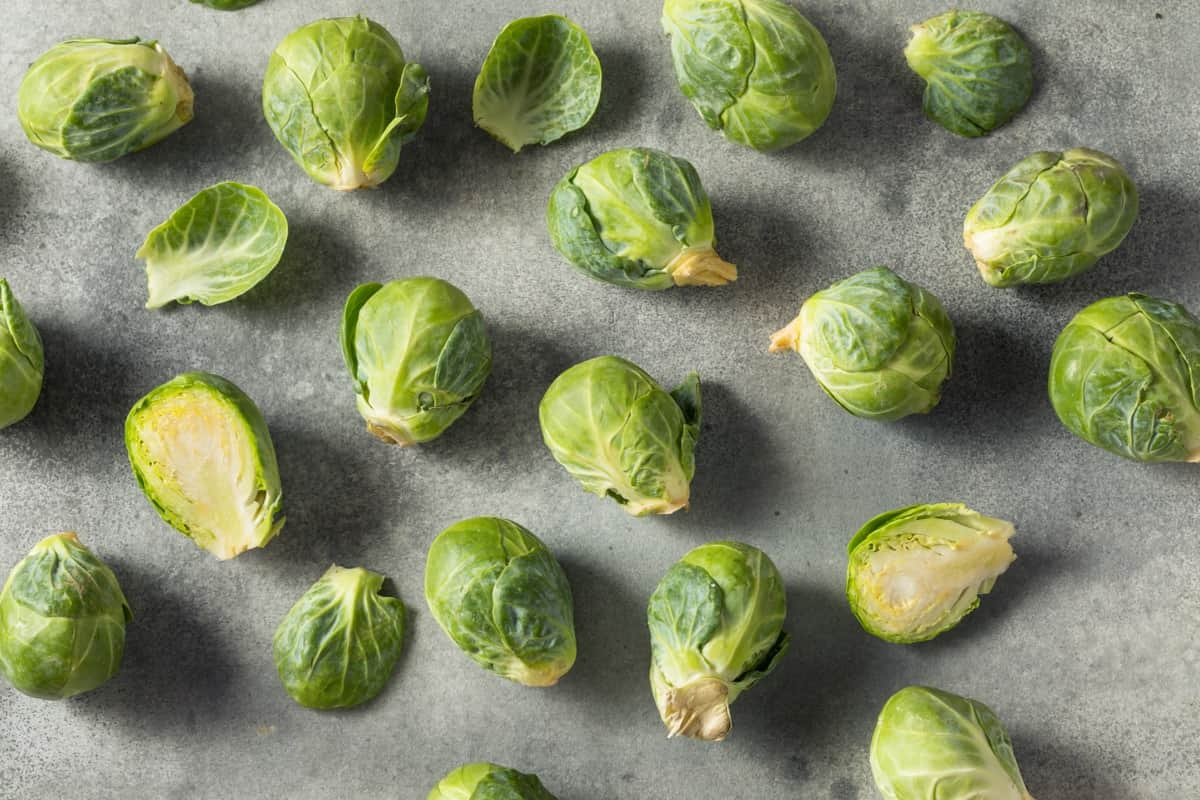
Conclusion
Brussels Sprouts can be challenging to grow successfully, but they can be rewarding with careful preparation and attention to detail. Brussels Sprouts may not be your favorite vegetable, but that doesn’t mean you can’t grow them. They’re easy to grow as long as you have the right tips. You should water them well and fertilize them to keep them thriving. Finally, ensure to harvest the Brussels Sprouts when fully grown to retain their delicious flavor and texture.
- Flower Garden Designs and Layouts for Beginners
- Planting and Spacing Techniques in Papaya: A Beginner’s Guide
- Growing Gold: Essential Techniques for Planting Pineapples
- How to Make Kalanchoe Plant Bushy: Home Remedies and Solutions
- 11 Reasons Why Your Gardenia is Not Blooming: Home Remedies and Solutions
- Eco Elegance: The Guide to Designing a Drought-Tolerant Landscape
- Gardening on a Slope: Strategies for Hillside Landscaping
- Nourish and Flourish: Top Organic Mulches for Thriving House Plants
- Everything You Want to Know about Indian Mogra Flower: Discover Uses and Growing
- Green Thumb Success: Expert Tips for Cultivating Greenhouse Pumpkins All Year Round
- Maximize Growth & Flavor: The Ultimate Guide to Companion Planting in Herb Gardens
- How to Control Rhododendron Problems Naturally: Home Remedies and Organic Ways to Fix Them
- Natural Magic: The Remarkable Benefits of Cinnamon for Plants
- Best Steps to Revive Dying Tulip with Natural and Organic Treatment
- 10 Reasons Why Your Angel Trumpet is Not Blooming: Remedies and Treatment
- How to Fix Periwinkle Leaf and Flower-Related Problems: Natural Remedies and Solutions
- How to Fix Zinnias Leaf and Flower Problems: Discover Natural and Home Remedies
- Organic Steps to Induce Lemon Tree Flowers: A Comprehensive Guide
- Bloom Booster: Crafting the Perfect Homemade Bougainvillea Fertilizer
- Optimizing Growth: A Guide to Applying NPK Fertilizer for Potted Plants
- 10 Best Homemade Fertilizers for Rubber Plant: DIY Recipes and Application Method
- How to Boost Female Pumpkin Flowers: Effective Steps for More Flowers and High Yields
- Transform Your Indoor Garden: Top Benefits of Pink Salt for Houseplants
- 10 Best Homemade Fertilizers for Peacock Plants (Calathea): Easy DIY Guide
- Unlock Blooms: 9 Reasons Why Your Potted Chrysanthemum is Not Blooming
- 8 Reasons Why Your Potted Hibiscus is Not Blooming: Fix it with Simple Solutions
- Unlock Blooms: 9 Key Reasons Your Potted Frangipani Won’t Flower
- 10 Reasons Why Is My Ice Plant Not Blooming: Remedies and Treatment
- 10 Reasons Why My Potted Hydrangea Not Blooming: Treatment and Remedies
- 10 Reasons Why is My Wisteria Not Blooming: Remedies and Treatment
- 10 Reasons Why is My Goldfish Plant Not Blooming: Remedies and Treatment
- Maximize Your Space: Ultimate Guide to Balcony Gardening with Grow Bags
- 10 Reasons Why Your Iris is Not Blooming: Remedies and Treatment
- 10 Reasons Why Your Anthurium Plant is Not Blooming: Treatment and Remedies
- 10 Reasons Why Your Aquaponic Plants Are Not Flowering: Remedies and Treatment
- 10 Reasons Why Your Agapanthus is Not Flowering: Remedies and Treatment